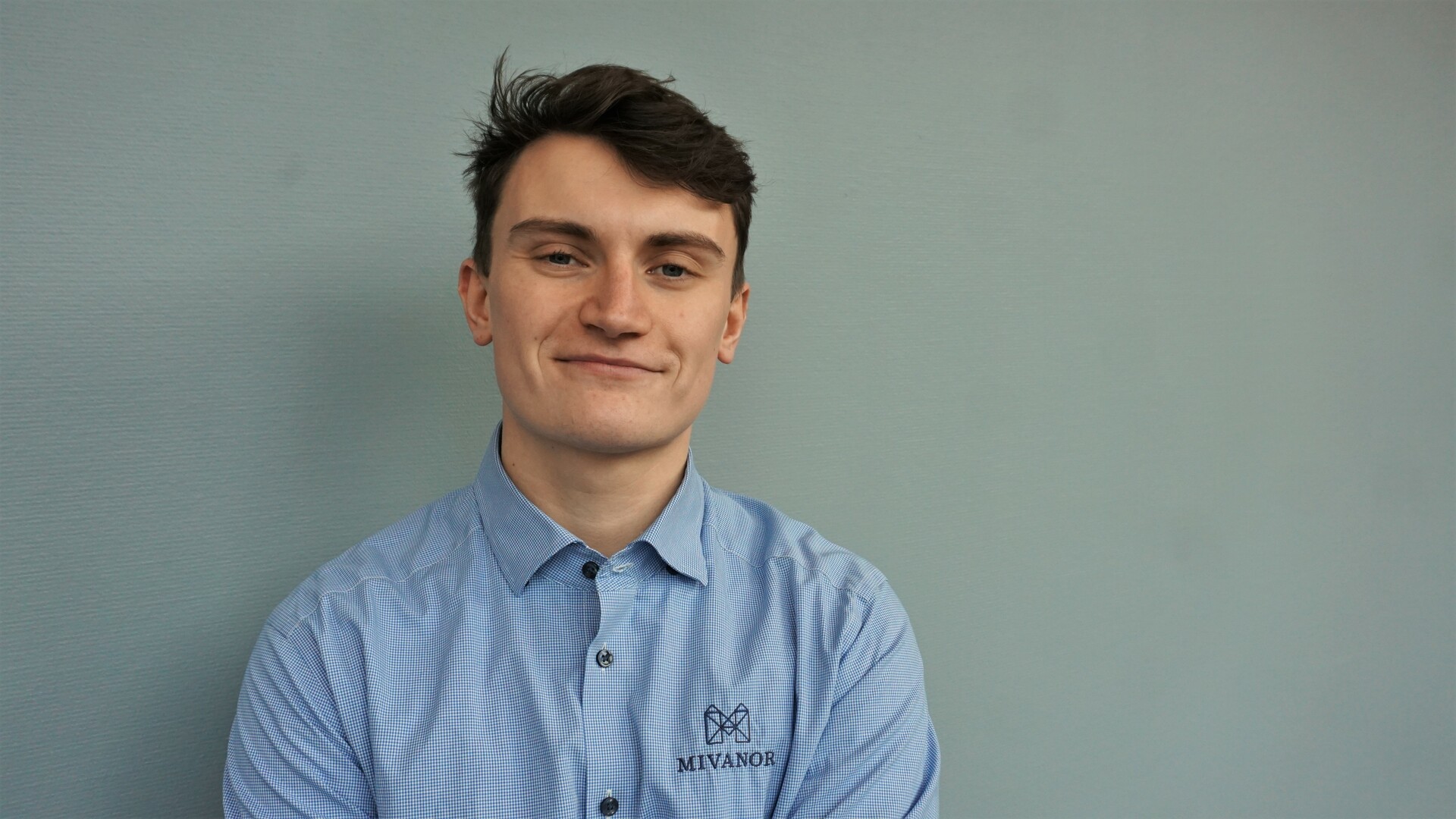New addition to the team: – The industry has a communication problem

Mivanor is aiming to proactively engage more with customers and the public.
According to Mivanor's CEO, Robert Tarasz, this has become a necessity in the current climate in which many businesses and industries find themselves. Erlend Skaug Ingebrigtsen has taken on the role of Marketing and Communications Manager in the company.
– There is an enormous amount happening at the government level, with regulations, new legislation, and developments related to pollution and water purification. At the same time, we find that very few are discussing this and the implications it has for a wide range of industries and for society as a whole. We want to do something about that, says Tarasz.
He specifically highlights the revision of the Industrial Emissions Directive (IED) and new BAT requirements as a development that many need to be aware of and prepare for. In addition to this, there are new rules for waste management, the revision of the Waste Directive, and the Sewage Directive.
– All of this is happening while we see that many are already struggling to keep up with these developments. It's excellent that we are getting clearer guidance on emission requirements and the rules that apply. The EU is now stating clearly and emphatically that significant efforts must be made to limit water pollution, especially by 2030 and 2050, and this must be done at the company level, says Tarasz, adding:
– At the same time, it is very evident that for many businesses, it has become challenging to keep track and, most importantly, to know how to comply with the rules. We want to help clarify that.
Ingebrigtsen has previously worked with other companies in the waste and recycling industry and says he recognizes many of the challenges from the past. He has been part of the Mivanor team since March of this year.
– In the months I've been working with Mivanor, it has become increasingly clear to me that the industry has a communication problem. It seems that many are frustrated that the authorities are not taking a clearer stance, and they are demanding more information.
He believes that even among competitors and other companies working in water purification, there is surprising silence about the many significant developments happening now.
– Therefore, it is very rewarding to provide more information in the field while also presenting Mivanor's proposal to solve the problem: namely, BAT-approved, Norwegian-developed technology that helps companies limit their emissions, become more sustainable, and efficient. For me, the most interesting aspect is to see the breadth of processes and industries that require water purification and the wide range of applications for Mivanor's technology.